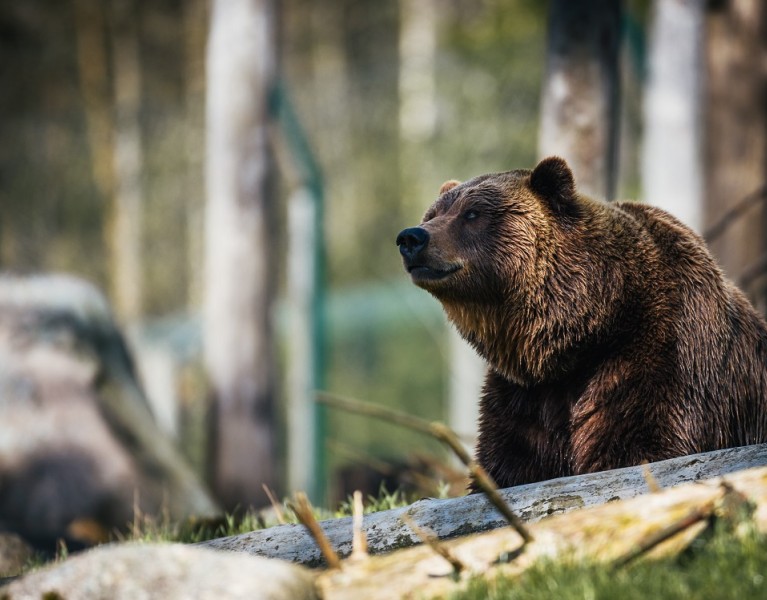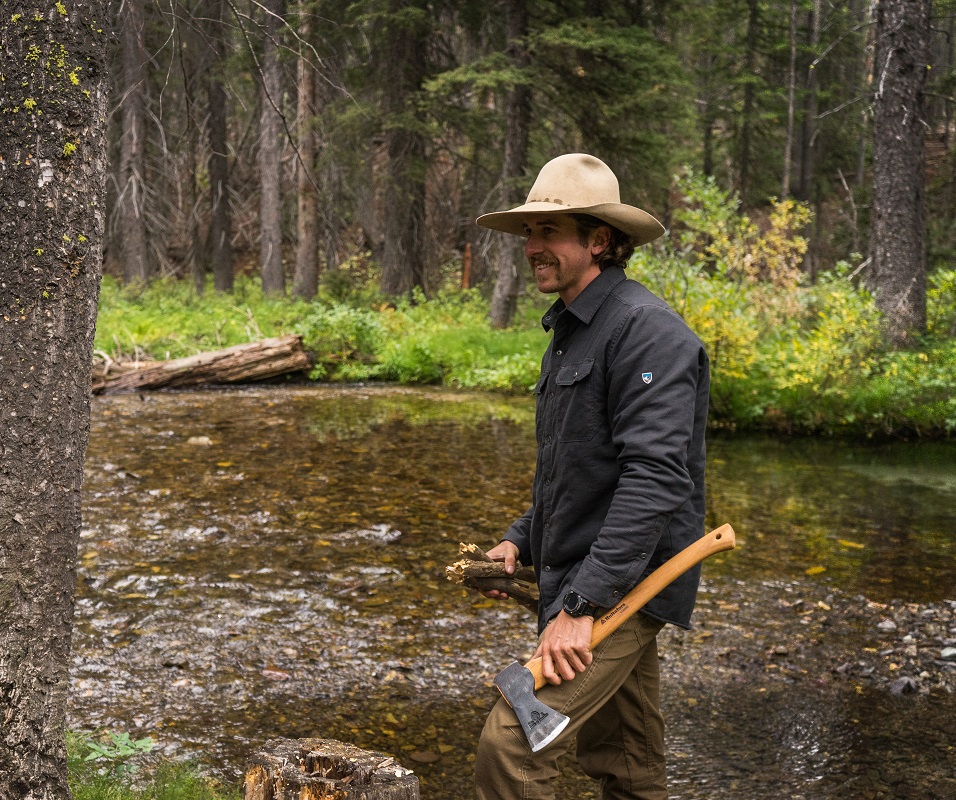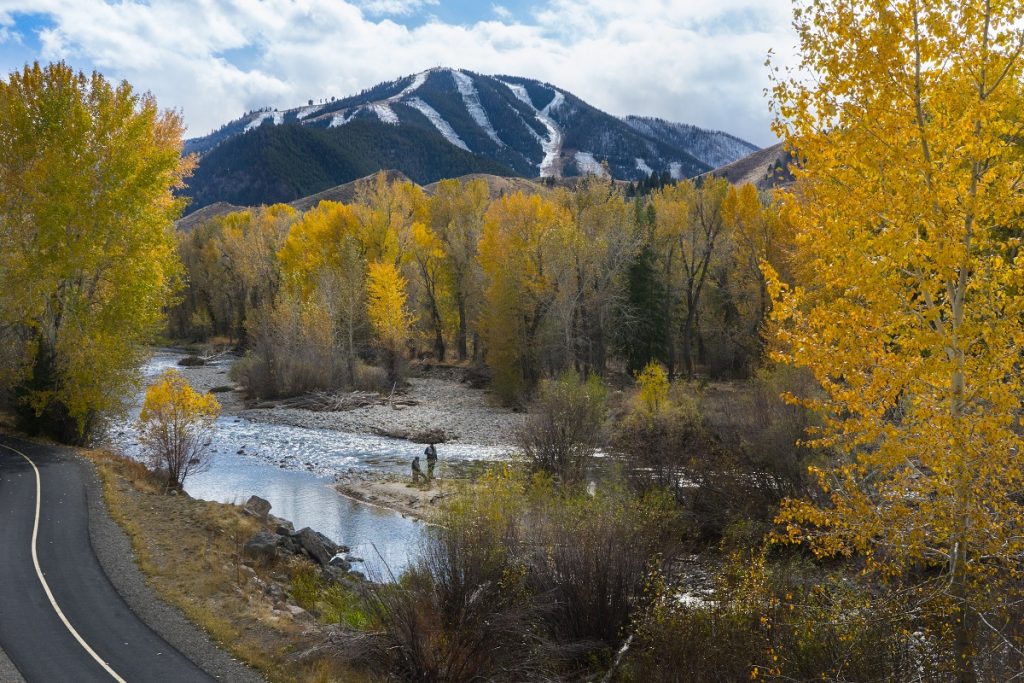
Bearanoid? Don't Let Bears Keep You Out of the Backcountry - Part Two
Table of Contents [Show]
Lowering the risk of bear vs. human conflict
There's no fail-safe method for deterring bears, nor is there any guarantee that you will avoid conflict when you're in their environment. But most people who spend time in bear country will encounter a bear at some point; many others go on their merry way unaware that they've passed within yards of a disinterested ursine. Here are some tips to avoid being one of the very few (three, on average) people who die each year from bear attacks:
Do your homework
Be informed about seasonal wildlife risks. Check in with local ranger stations and visitor centers to find out if there have been any reports of concern in the area, and to get a better idea of when bears in that specific region are emerging from hibernation. Some trails might close or be rerouted due to a questionable encounter, and more than once I've heard of people rolling up to a campground only to find out that their tent or canvas-sided pop-up isn't allowed due to habituated food-seeking bears.
Be aware that sudden weather changes - including thunderstorms, heavy rain, and hail - can cause a bear to behave more unpredictably than usual. Plus, weather conditions can make it more difficult for them to hear you coming.

Eliminate attractive odors from your campsite
Do you know which bear-safe food container to bring? Soft-sided bear bags are fine in some areas, where hard-shelled bear barrels are the only acceptable food storage container. Know how and where to effectively hang your bear storage
Thru-hikers on the PCT tend to eat their meals, thoroughly clean their utensils and pots, change clothes, move on a half-mile or more, and then set up camp. Food and cooking odors cling to clothing and camping gear. When I'm in the backcountry, I wear fabrics that dry easily so I can spot-clean or wash them to prevent odor buildup. For my insulating layers I love Merino wool outdoor clothing for its natural odor-preventing qualities.
When you're cleaning up, run your dishwater through a screen and store the solids in a scent-proof container. Use common sense when using and storing the following, and opt for unscented products whenever possible:
- Soap and shampoo
- Deodorant
- Toothpaste
- Feminine hygiene products
- Personal wipes
- Lotion and sunscreen
By the way, it's a myth that North American bears are attracted to odors directly related to menstruation. If anything, artificial scents in pads and tampons attract bears, but still, you'll want to be safe. I swear by Loksak Opsak scent-proof baggies for separating and containing smelly items within my pack or bear bag.
A note to hunters: If you've brought down big game in bear country, odors from field dressing will attract bears for miles. Read this article on Go Hunt for excellent advice on safely cutting up and packing out your meat.
Carry bear spray (if it's allowed)
Some national parks, including Yosemite, don't allow bear spray. There, it's considered a weapon, and they feel it's not necessary for protection against black bears. Others with both black brown bear populations - such as Yellowstone and Glacier - all but require it. Grab some popcorn and watch this comprehensive video produced by the National Park Service for an excellent guide to purchasing, equipping, storing, and using bear spray. Laugh along as the narrator explains that it's NOT to be sprayed on your tent or person like mosquito repellent. Bear spray itself smells good to bears, but it burns the eyes, nose, and throat for about an hour.
One more note: Some outfitters rent bear spray. Be sure they allow you to test-fire it while wearing non-trail clothes. You also want to make sure you have a (mostly) full canister, because it runs out quickly. Never rely on pepper spray designed to repel human attackers. It's simply not strong enough, doesn't reach the right distance, and doesn't create the same cone effect.

Make your presence known
The worst thing you can do is sneak up on a bear. Trail running and cycling can provoke a bear's defensive instincts. In 2017, a cyclist outside Glacier N.P. was hauling butt around a blind corner when he collided with a brown bear. Tragically - but understandably - the startled and injured bear responded by killing the "attacking" cyclist.
Bear bells aren't always loud enough to announce your presence, especially in areas with thick cover. Make noise, talk loudly, and clack your trekking poles together or against foliage. Call out "hey, bear!" once in a while. Don't whistle, though; this may mimic an injured prey animal.
Groups of four or more make more noise, and encourage the bear to opt for flight rather than fight (or bluff charge).
Now, about those trash pandas...
You're far more likely to be struck by lightning, bitten by a poisonous snake, or raptured to the great beyond on the drive to the trailhead. Up here in Alaska, we consider moose to be the more likely - and more unpredictable - threat to life and limb. In spite of experiencing huffing and puffing bears on Alaska's Admiralty Island, it's my run-in with a trio of very assertive, habituated Yosemite raccoon thugs that still gives me nightmares when I'm curled up in my tent.
Always educate yourself about potential hazards while in the backcountry. Bears aren't the most dangerous threat out there; complacency and carelessness are your biggest enemies. When you're aware, prepared and well-informed, you'll make better decisions when you're faced with a surprise encounter, or any other wilderness hazard.
Featured image by Janko Ferlič.
Part one


